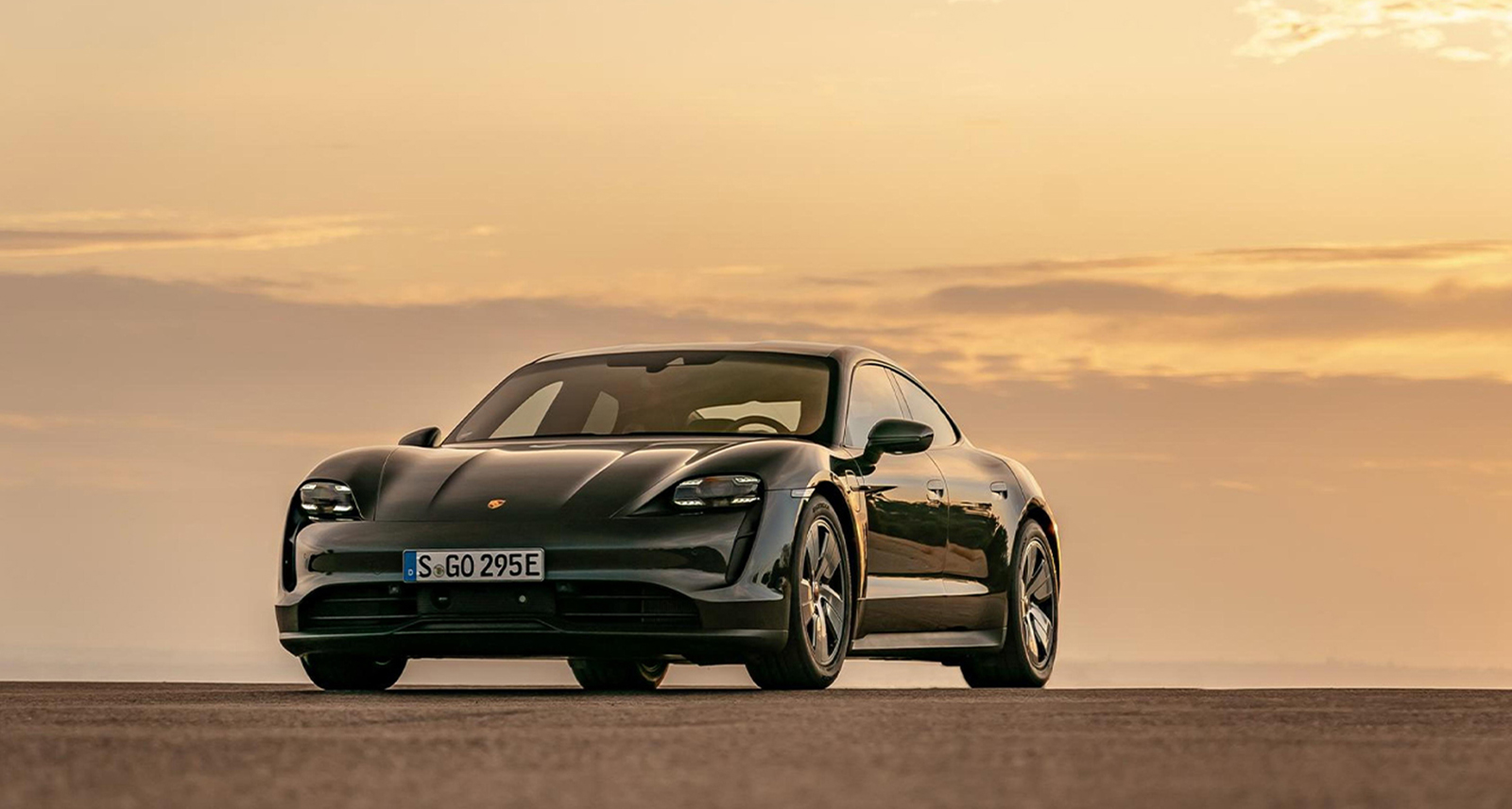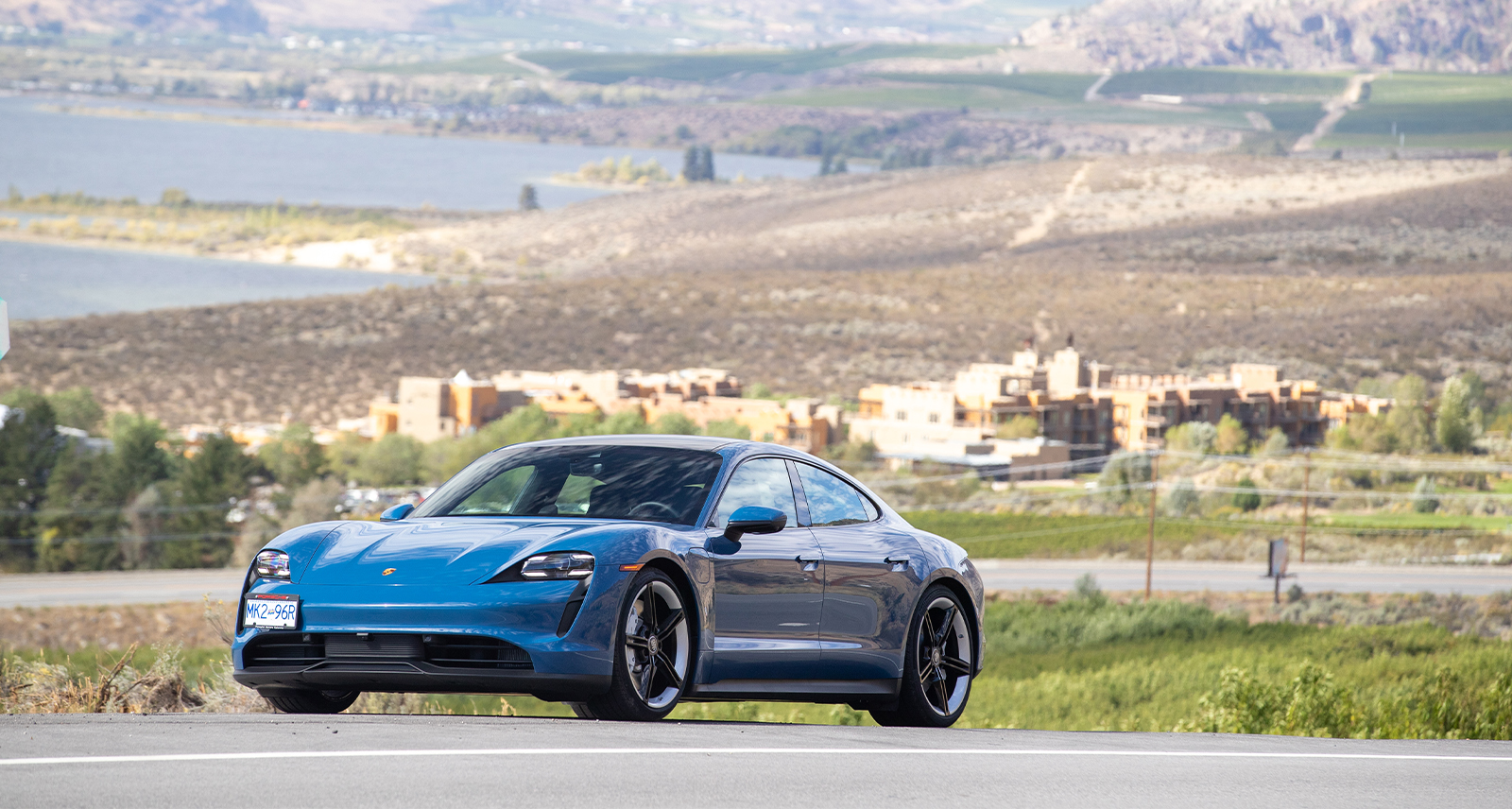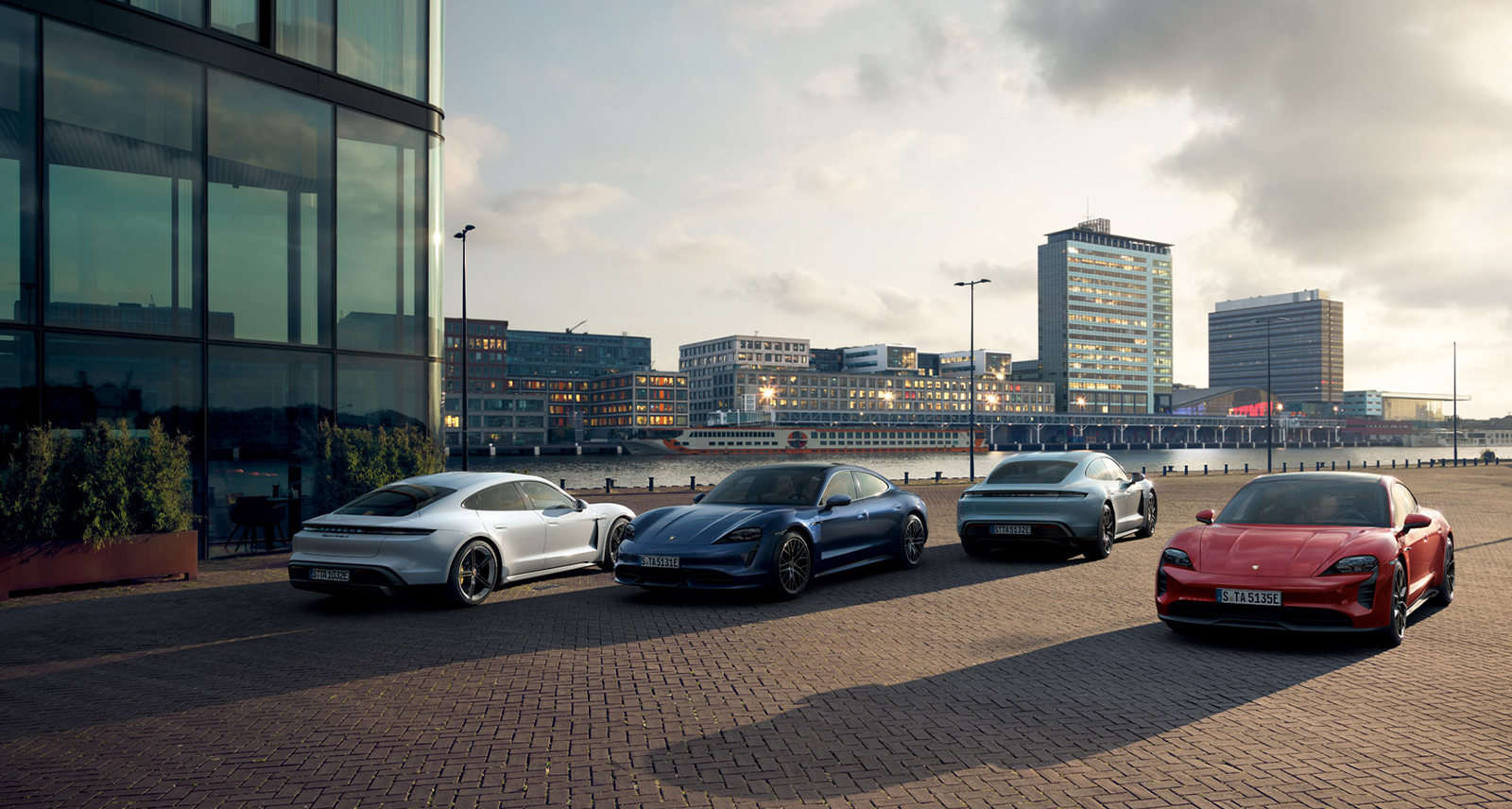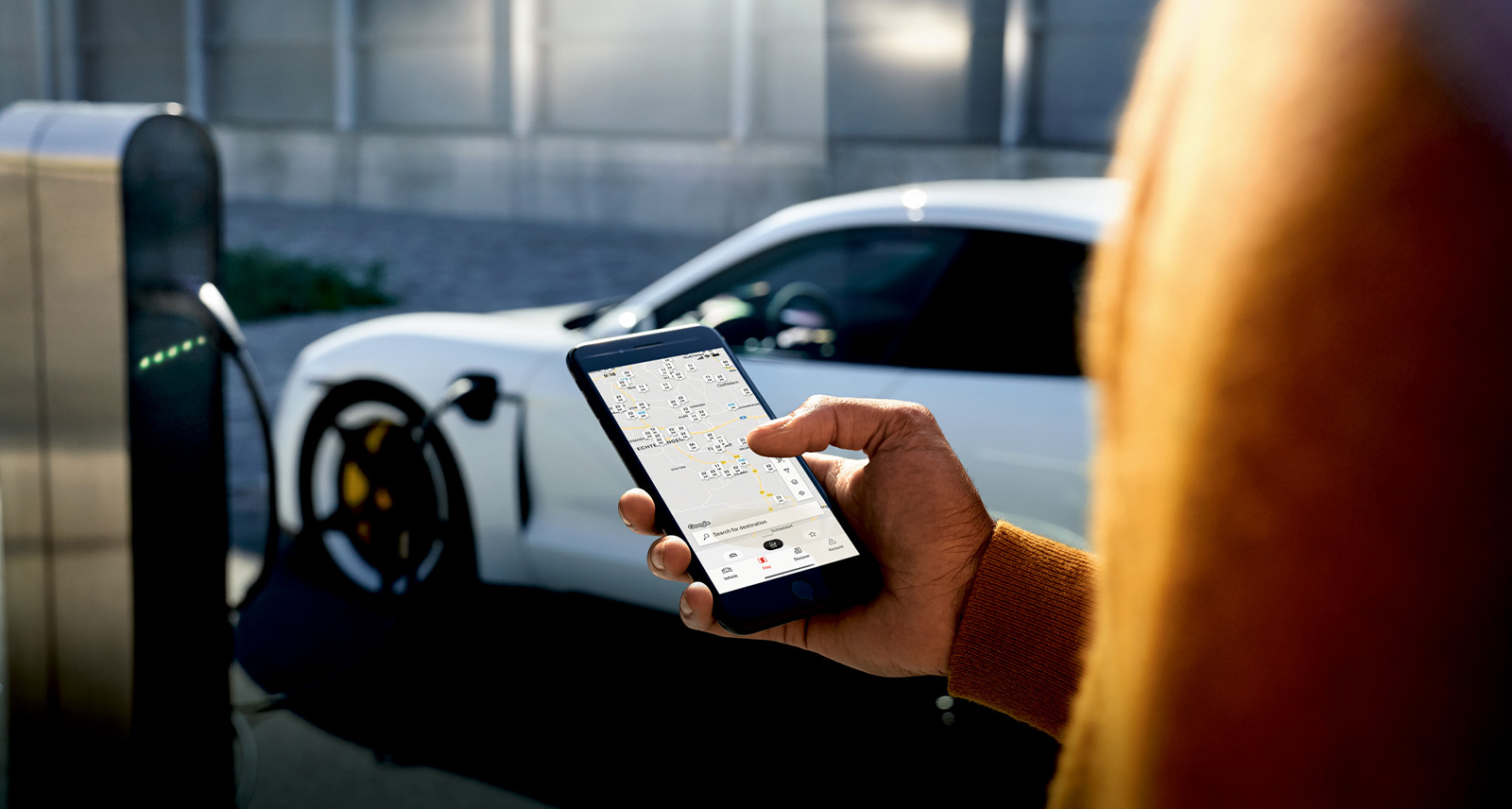The Porsche of EVs
As is the case with any newly launched Porsche (and particularly one without “911” in its name), the all-electric Taycan faced plenty of scrutiny from brand loyalists when it was revealed in 2019. And yet, four years on from its unveiling at the Frankfurt Motor Show, Porsche has rolled more than 100,000 Taycans off its Stuttgart-situated production line. That number may pale in comparison to the quantities of Cayennes and Macans built during that time, but it also reveals that the Taycan is now nipping at the heels of the 911 in terms of sales — in North America, at least. And, with more players in the space than ever before, Porsche’s electric sector-defining design has become the go-to luxury EV with proper performance pedigree.
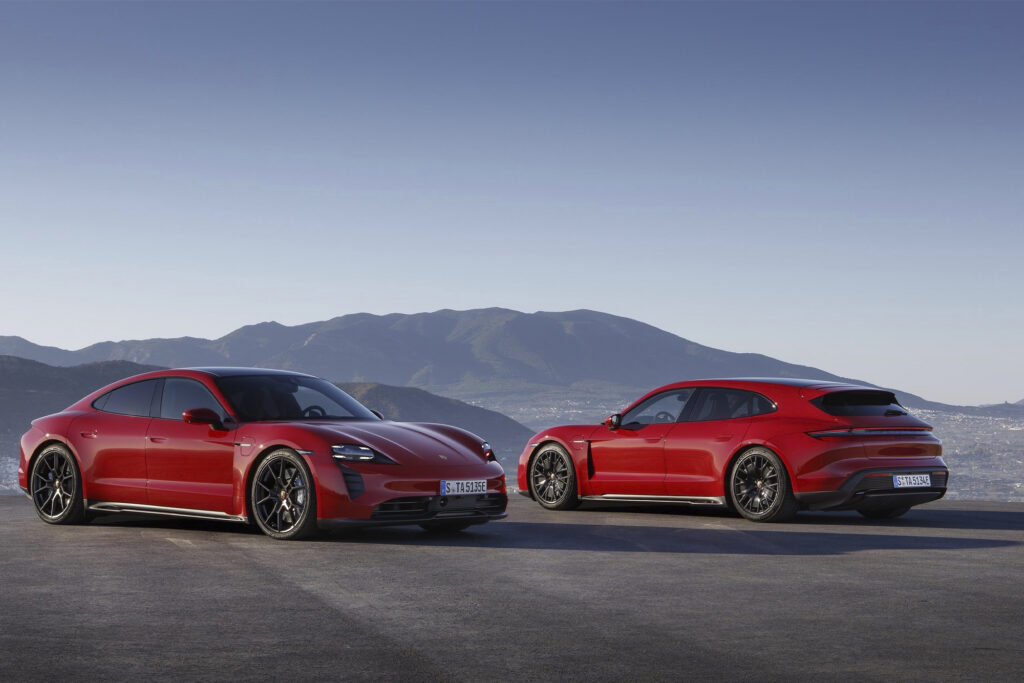
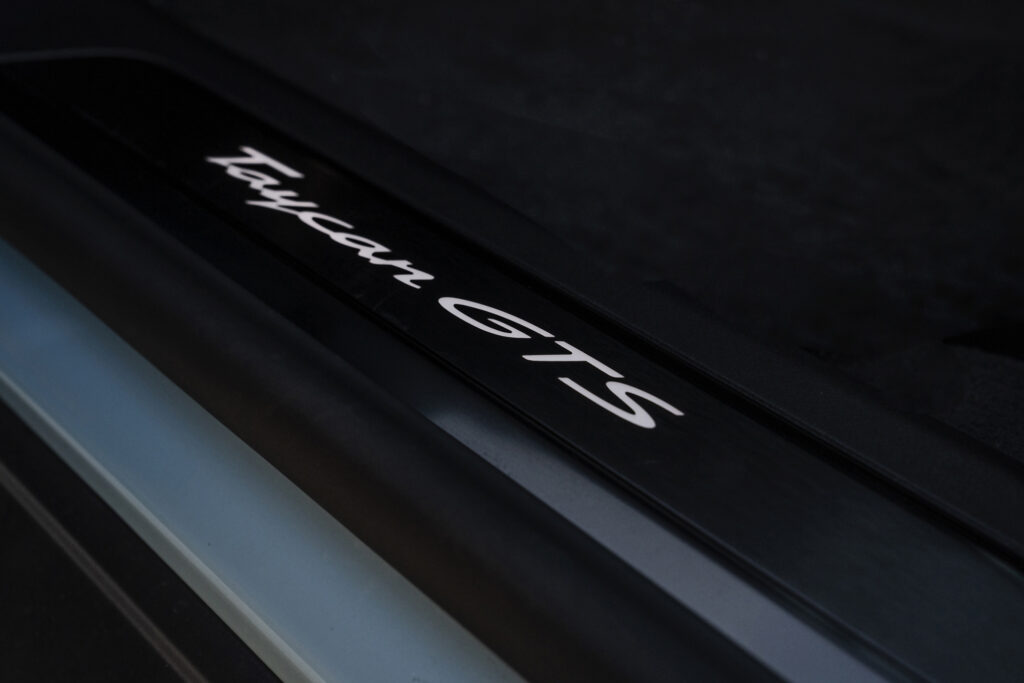
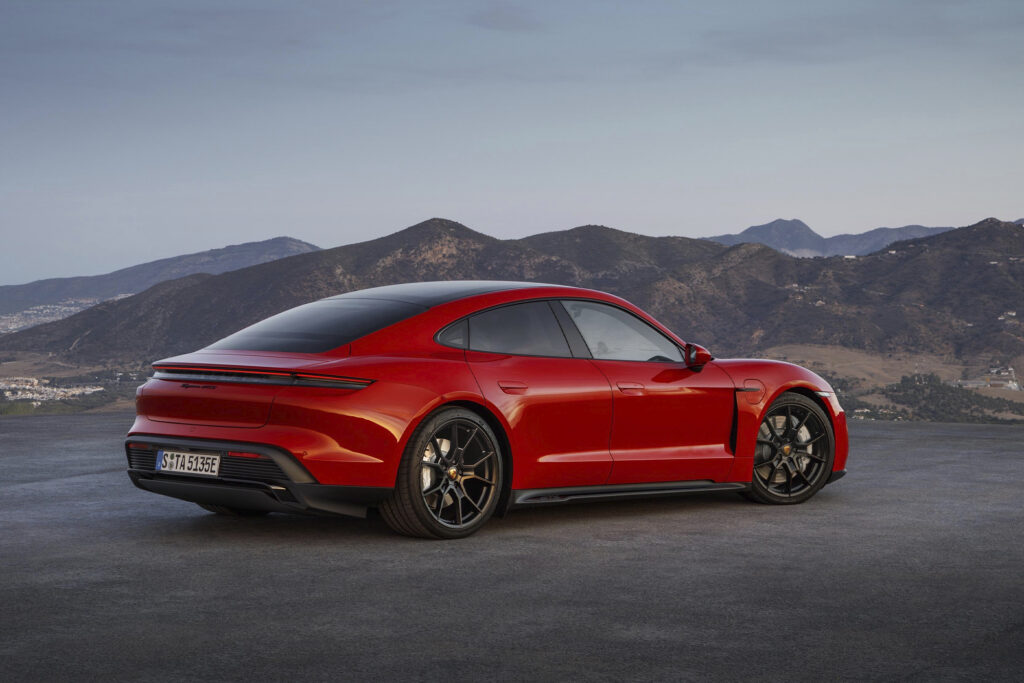
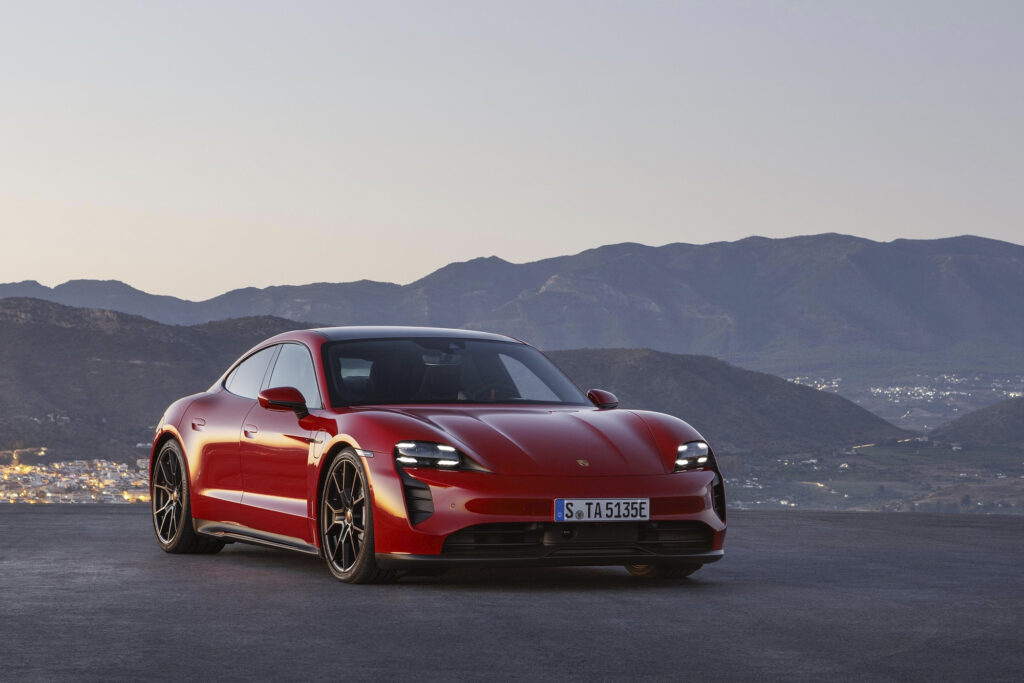
It’s a model that has marked a significant step forward for Porsche — in several ways. Built out of its own new and dedicated production facility in southern Germany, the Taycan was the brand’s first foray into full electrification and a poster boy for one of the brand’s more ambitious goals: to bring Porsche’s EV and partially electric vehicle sales up to 50% of overall sales by 2025. As a result, the carmaker couldn’t afford for the Taycan to become anything less than a class leader, but this meant performing a balancing act of sorts. Because the wants and desires of EV buyers don’t entirely align with those of longstanding Porsche customers, the brand was forced to approach the project from several different angles.
Luckily, such innovation is an area in which Porsche has always excelled. The brand learned valuable lessons while creating the Cayenne, the Panamera, and the Macan — all instances of the carmaker venturing outside of its typical two-doored, performance-led wheelhouse. With the Taycan, it became clear that a good diversity of model variants was necessary to ensure it appealed to broad swaths of the market. For those looking for a refined, stylish, four-door sedan, for example, the all-wheel-drive Taycan 4S would be perfect. For a current 911 owner in search of a high-performance wagon — something in which to ferry the family around — the Taycan Turbo S Cross Turismo would tick all the boxes.
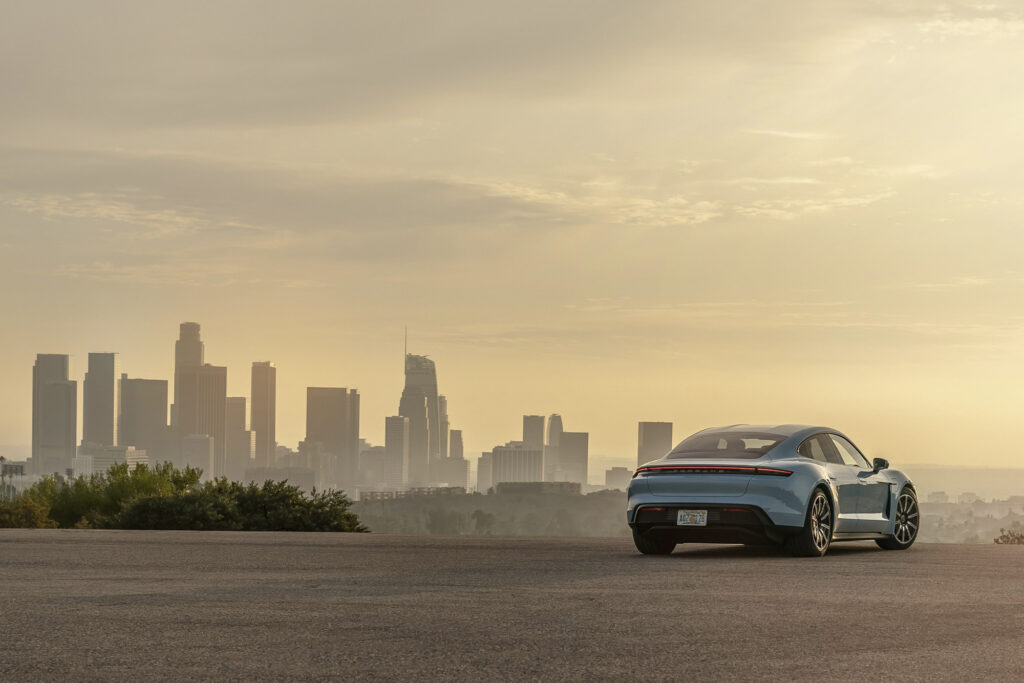
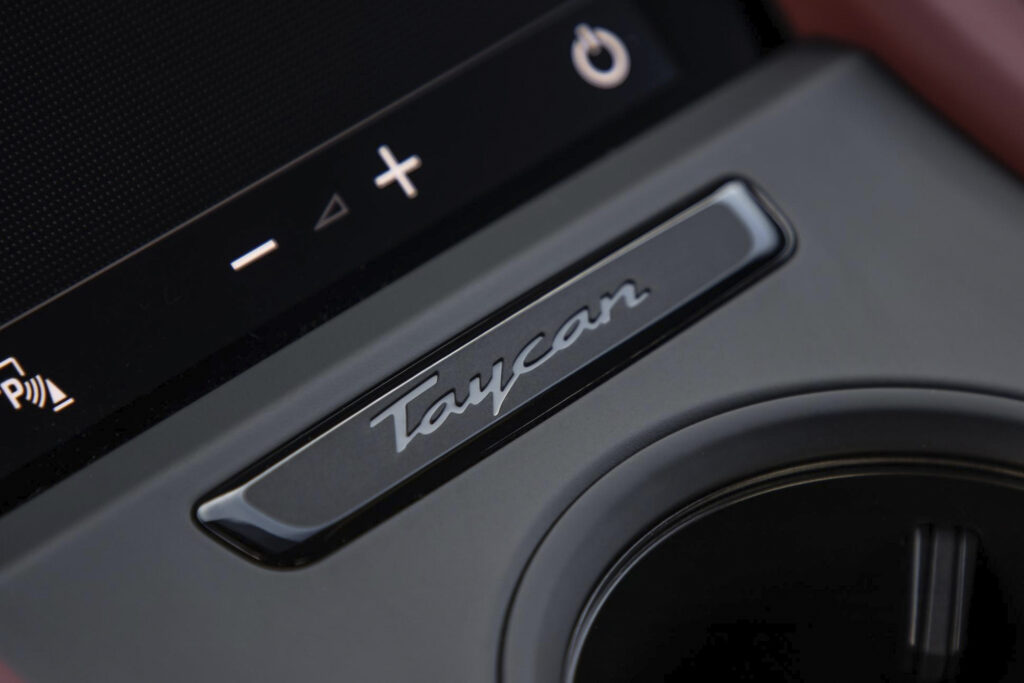
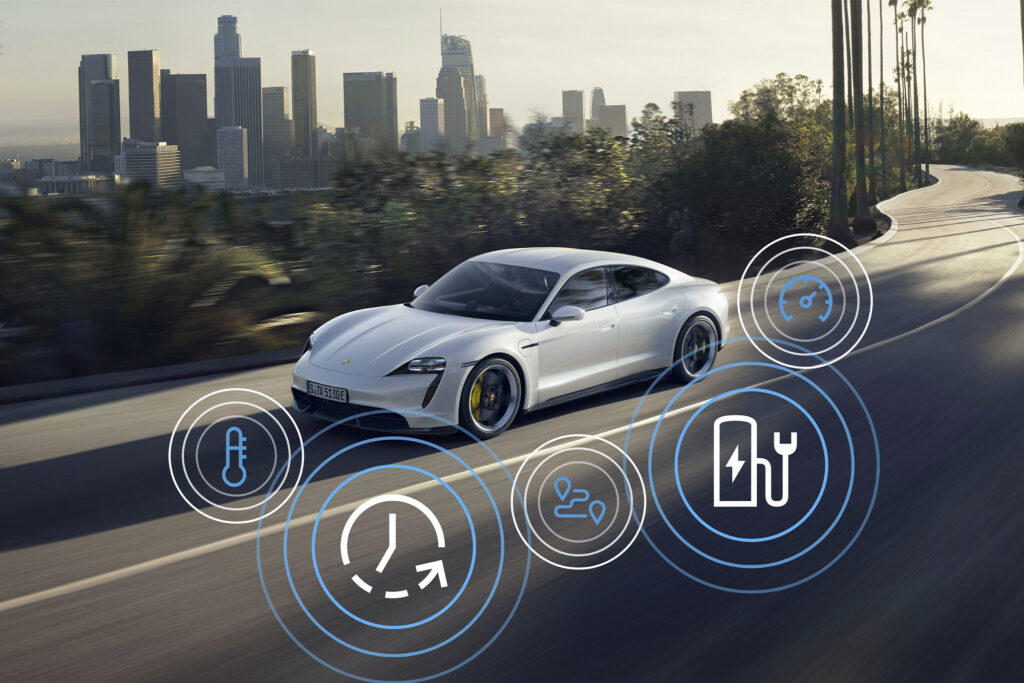
It was a savvy move. But, even while accommodating new customers and first-time Porsche buyers, it was important that the carmaker didn’t lose the spirit of the Porsche experience. According to Stefan Weckbach, who led product development on the Taycan, the car was always intended to be a Porsche first and an EV second. “We needed to make sure that the Taycan became a Porsche,” said Weckbach. “We needed to make it as close to the 911, our icon, as possible.”
Given the model’s success so far, it’s safe to say that Weckbach’s team hit the mark. And, with the recent updates to the 2023 range, the Taycan has more going for it than ever. Its programming has been updated for even faster on-the-go charging: on a 350 kW, 800 volt DC charger, you can expect a boost from five to 80 per cent in just 23 minutes. Depending on the model in question, the Taycan has also made some fairly significant increases to its range overall. Figures from 2023 vary from 340 to 375 kilometers on a single charge. These gains were achieved by implementing a change in software — one that allows the front motors to disconnect in “Normal” and “Range” driving modes on the all-wheel-drive models, thus reducing power consumption. This advancement impacts every model available in Canada, but not every Taycan globally. Unlike the American and European markets, Porsche Canada doesn’t offer a rear-wheel drive Taycan — at least, not yet.
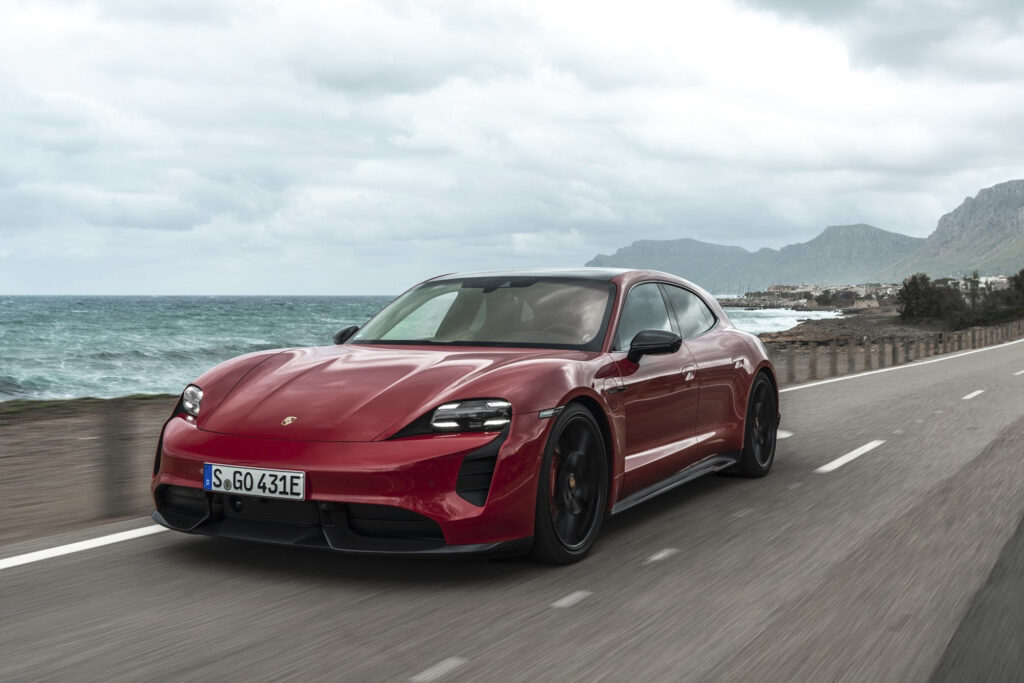
But while having healthy range on an EV is always a nice perk, it’ll always play second fiddle to performance in the Porsche world. The Taycan’s zero to 100 km/h sprint times range from 4.1 seconds in the 4S Cross Turismo, down to just 2.8 seconds in the Turbo S. Top speeds are limited to between 240 and 260 km/h, although such pace is clearly reserved for either track tests or the Taycan’s native Autobahnen. The stats speak for themselves, but they don’t paint the full picture of the driving experience. If you’ve sat behind the wheel of an EV, you’ll be familiar with the confounding feeling of instant acceleration; the sensation of every last ounce of torque immediately connecting through the wheels and launching you forward. In the case of the entry-level Taycan, that’s around 427 lb-ft of torque, but work your way up to the Turbo S model and the number nearly doubles. The 774 lb-ft of torque in the Turbo S is more than anything we’ve even seen in a 911 (despite the weight difference being a significant variable) and more torque than any other Porsche in production today.
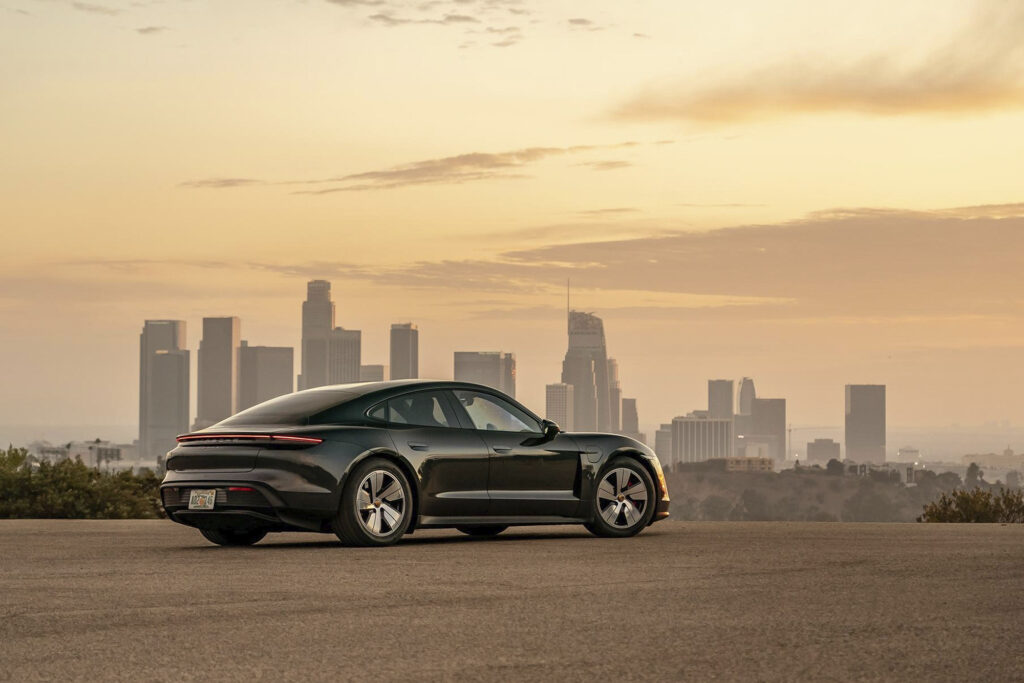
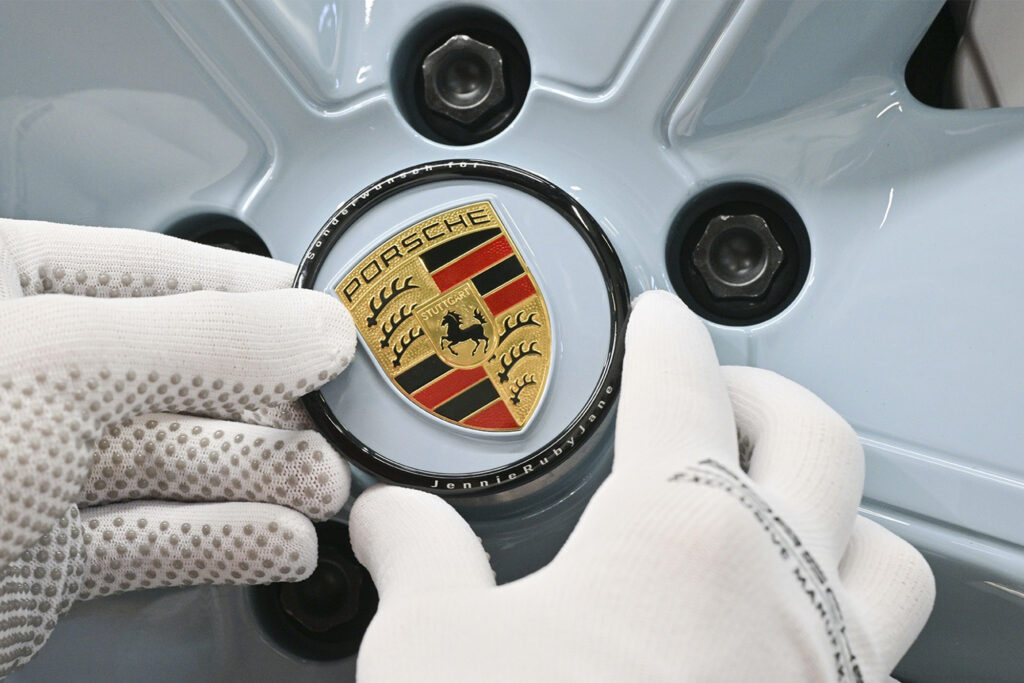
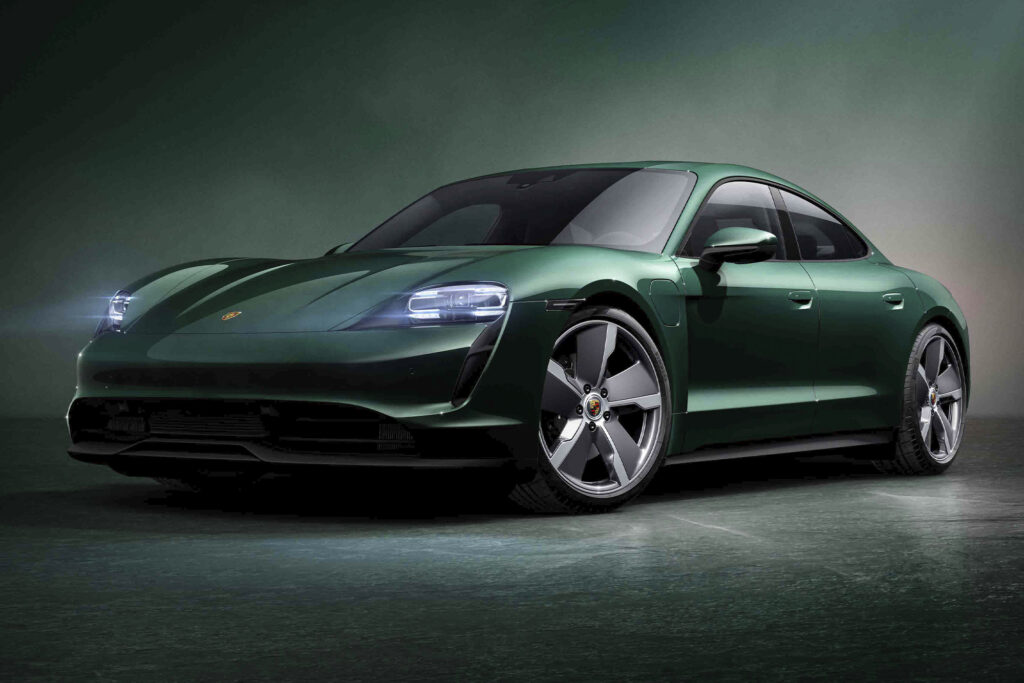
Of course, you can’t tell the story of the Taycan without at least mentioning its core competitor: the Tesla Model S. Elon Musk’s brand has worked hard to become the Apple of the automotive world, and while its flagship model may be fast and have more range than the various Taycans, it’s also very much an appliance rather than a soul-stirring, imagination-capturing car. And that’s where Porsche gets things right. With the German carmaker’s rich, century-spanning history, there’s plenty of heritage to be plumbed and experience to be wielded when developing a new model, and the key to the Taycan’s success is just that. While it may be a motor for a new electric age, a distillation of Porsche’s iconic, dramatic 911 spirit courses through every cable.
